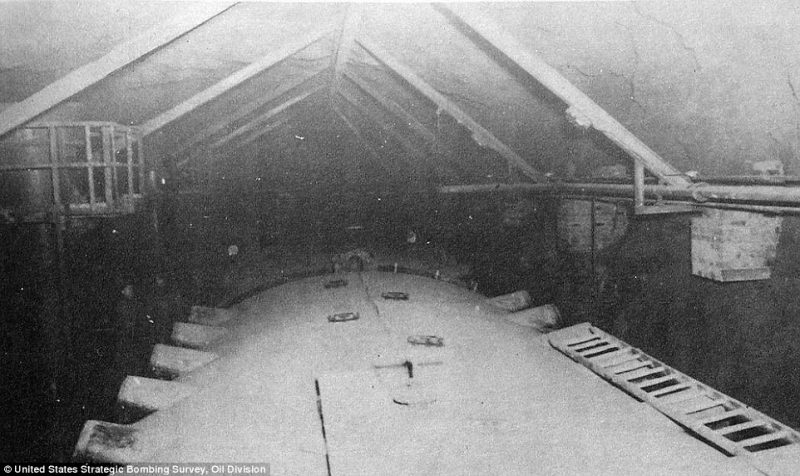Toward the end of World War II, the Nazis had become desperate. As a last resort, they used emergency factory space to avoid the Allied bombs raining down upon them. Today, the public has an opportunity to explore the tunnels below Jakobsberg Hill outside the town of Porta Wastfalica in Germany. They were used by a major electronics giant to make pipes, radios and light bulbs during the raging conflict.
In 1973, the town was formed as a result of 15 villages merging together. The area had previously been home to multiple small concentration camps that served as satellites to the main Neuengamme camp.
Construction of the massive underground tunnels was completed by inmates who worked arduously to widen them. Several hundred prisoners were killed during the process.
More prisoners, especially women, were brought in from camps such as Auschwitz, Horneburg, and Reichenbach to keep the manufacturing going. However, the Neuengamme camp was evacuated in April 1945; the remaining prisoners at that time were shipped up north. German planes maintained their access to fuel by utilizing an underground oil plant that was based in tunnels near Porta Westfalica.
The tunnels were abandoned by the United States Strategic Bombing Survey, but black and white pictures taken after the fact highlight the full extent of the operation beneath the hill. Heavy machinery took up thousands of square feet, and electricity was provided through underground cables.
Visitors have to wear protective hard hats to be allowed to explore the location’s secrets. Some of the foundations and pillars remain intact among the rocky terrain.
